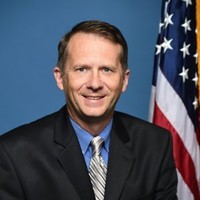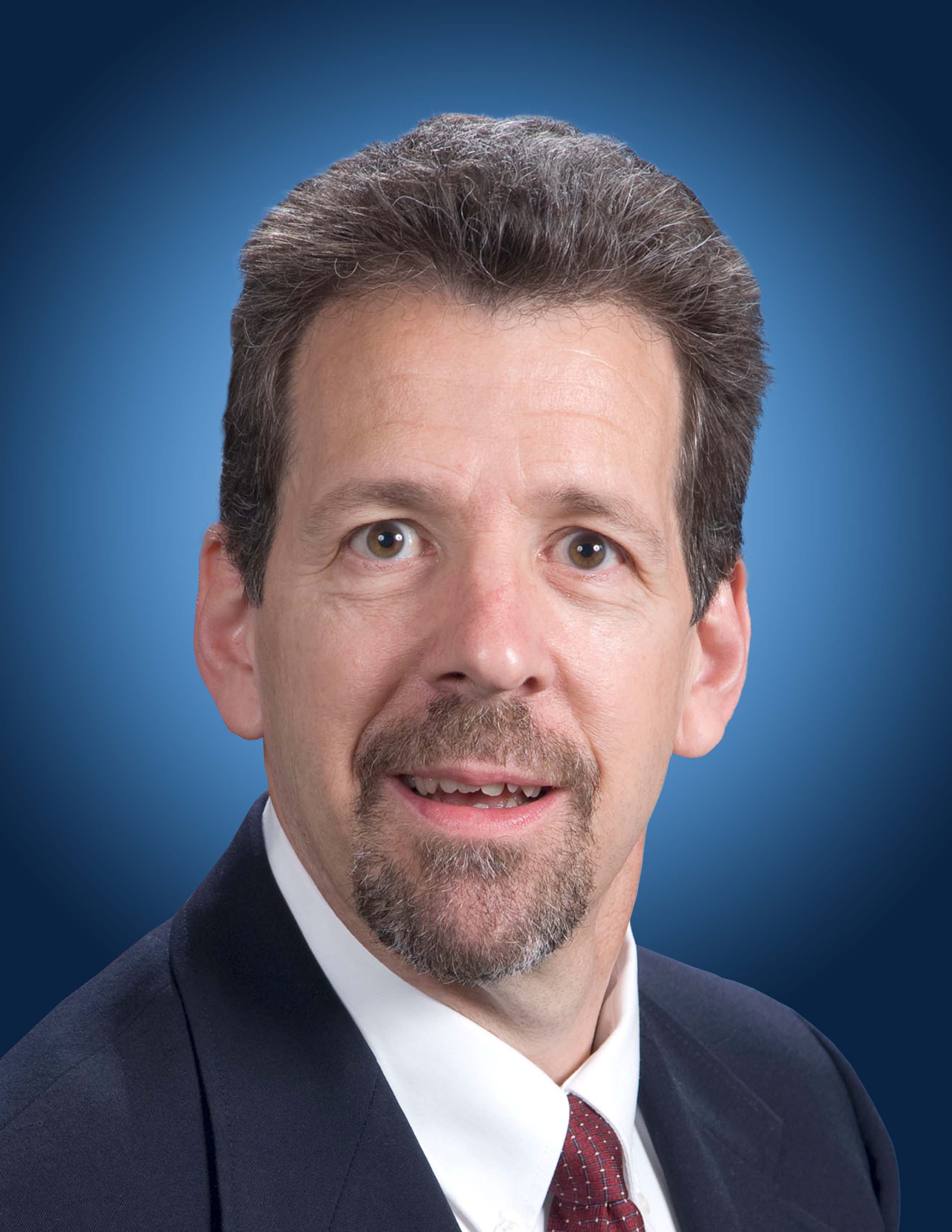

Panel Members: (L to R in photos)
- Tupper Hyde - Chief Engineer of NASA’s Goddard Space Flight Center, Code 100
- Tim Trenkle - Chief Engineer of the Engineering and Technology Directorate, Code 500
- Jesse Leitner - Chief Engineer of the Safety & Mission Assurance Directorate, Code 300
Two viewing options:
1.) GSFC – Building 3 Auditorium
2.) WebEx
Meeting number (access code): 2762 847 7190
Meeting password: ses@NASA23
Join by phone: +1-415-527-5035 US Toll
Abstract:
Please join Tupper Hyde, Chief Engineer of NASA’s Goddard Space Flight Center, Tim Trenkle, Engineering and Technology Directorate’s Chief Engineer, and Jesse Leitner, Safety & Mission Assurance Directorate’s Chief Engineer as they discuss Technical Authority and the Formal Dissent process at Goddard.
Technical Authority is a part of NASA’s system of checks and balances in support of mission success. Goddard uses Engineering Technical Authority (ETA) and Safety and Mission Assurance Technical Authority (SMATA). Technical Authorities provide an independent view of program/project activities, ensure direction to the program or project reflects the view of the Center or, where appropriate, the view of the NASA Technical Authority community, adjudicates requests for relief from the Technical Authority technical baseline, and implements the Formal Dissent process.
Formal Dissent (FD, prior to 2020 the nomenclature was “Dissenting Opinion”, capitalized) is “a substantive disagreement with a decision or action that an individual judges is not in the best interests of NASA and is of sufficient importance that it warrants a timely review and decision by higher-level management.” The FD can be elevated up successive levels of management until resolved, even as high as the NASA Administrator.
A dissenting opinion (lower case) occurs when there is a different opinion than what was decided. Bringing up this dissenting opinion and clearly explaining why a differing opinion has been formed is encouraged and is an important aspect of healthy communication in an organization. A dissenting opinion may be elevated to Formal Dissent after a well-reasoned decision by the dissenter, without retribution or suppression.
Biographies
Dr. Tupper HydeDr. Tupper Hyde was named Chief Engineer of NASA’s Goddard Space Flight Center, effective October 27, 2019. In this capacity, Tupper will engage in the planning, management and evaluation of engineering activities for all Goddard activities, ensuring technical excellence and adherence to requirements.
For the past five years, Tupper served as Chief of the Goddard Engineering and Technology Directorate’s (ETD) Mission Engineering and Systems Analysis Division (MESA). He was previously Chief Engineer for the Science Mission Directorate at NASA Headquarters – a position in which he provided expertise for nearly 100 science missions that were in formulation, development or operation.
Tupper first joined NASA in 2002 following years of leadership experience in the private sector and a doctorate in aerospace engineering from the Massachusetts Institute of Technology. His early engineering assignments were in support of the Laser Interferometer Space Antenna and James Webb Space Telescope. Prior to his most recent roles, he was Associate Chief of MESA and Chief Technologist for what is now the Goddard ETD.
He retired in 2018 as a Colonel and Space Intelligence Officer in the U.S. Army Reserve. He has received several awards from the military, intelligence community and NASA, including the Robert H. Goddard Exceptional Achievement Award for Leadership – among the highest honors bestowed by our Center.
Goddard’s engineering excellence is critical to our collective mission. With Tupper as our Chief Engineer, we have a proven leader who will leverage our engineering capabilities and help ensure mission success across the board.
Tim TrenkleAs the Senior Engineer for the Engineering and Technology Directorate (ETD), Tim is responsible for providing senior engineering expertise, leading and/or supporting independent technical reviews, troubleshooting issues, developing standards, and providing expert guidance to support a broad range of GSFC and ETD subsystem, system, and mission commitments.
Prior to becoming the ETD Senior Engineer, Tim served in many GSFC technical leadership positions including: NESC Chief Engineer at GSFC; Program System Engineer for the Explorers and Heliophysics Projects Division; Chief Engineer for the Joint Polar Satellite System Flight Project: Lead Systems Engineer for the MAVEN Project and Chief Engineer For the NPOESS Preparatory Project.
Tim got his start at Goddard in the in-house Small Explorer Program (SMEX) where he filled a variety of roles including the Lead System Engineer for SWAS and the SMEX-Lite technology development effort. The SMEX-Lite development became the basis of the Triana design where Tim was the lead systems engineer.
Tim has been a member of and/or chaired a number of failure and anomaly review boards most notably the ICESat Laser-1 anomaly, the Aeronomy of ICE in the Meosphere (AIM) Command Outage Anomaly, and the ICESat-II ATLAS Q-Switch Detachment Tiger Team. Tim led the AIM anomaly and ATLAS Q-Switch teams.
Prior to coming to Goddard, Tim worked for the Westinghouse Electric Corporation designing and testing radar signal processors for airborne tactical and ground based air traffic control radar systems. Tim has a Bachelors Degree in Electrical Engineering from the University of Maryland and a Masters Degree in Electrical Engineering from The Johns Hopkins University.
Dr. Jesse LeitnerJesse Leitner has served as the Chief Safety and Mission Assurance Engineer for NASA Goddard Space Flight Center since 2009, responsible for the technical direction for NASA GSFC’s Directorate for Safety and Mission Assurance (SMA). In this role, he develops policies and procedures to ensure technical excellence and engineering integrity for SMA practices across GSFC; coordinates, recommends solutions for, and reports on problems and issues across the Center; and facilitates technical coordination for activities in engineering, SMA, and projects and programs at GSFC.
He was the principal creator of the risk-based SMA organization at GSFC, including organizational structure, new positions, and a range of processes, procedures, and standards involving risk analysis and risk-based engineering approaches. Dr. Leitner has performed aggregate risk assessments for a variety of missions including Parker Solar Probe and James Webb Space Telescope, and he led the team that developed the Science Mission Directorate Standard Mission Assurance Requirements for Payload Classification D (SPD-39) published in April 2021. His current research and application efforts are in risk-based safety and mission assurance.
Dr. Leitner received a Ph.D. in Aerospace Engineering from the Georgia Institute of Technology in the area of Flight Mechanics and Control, a Master of Science in Aerospace Engineering from Georgia Tech as well, and a Bachelor of Science in Aerospace Engineering from the University of Texas at Austin.